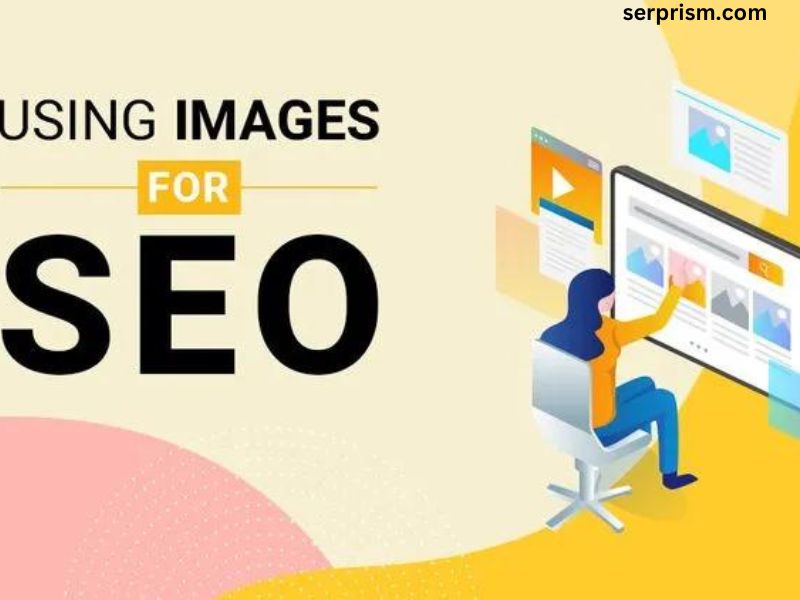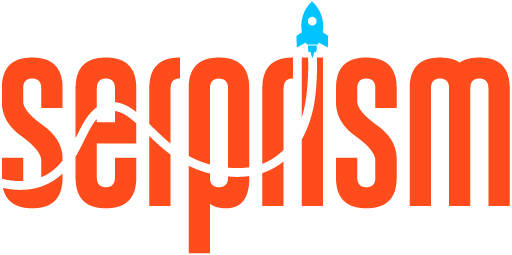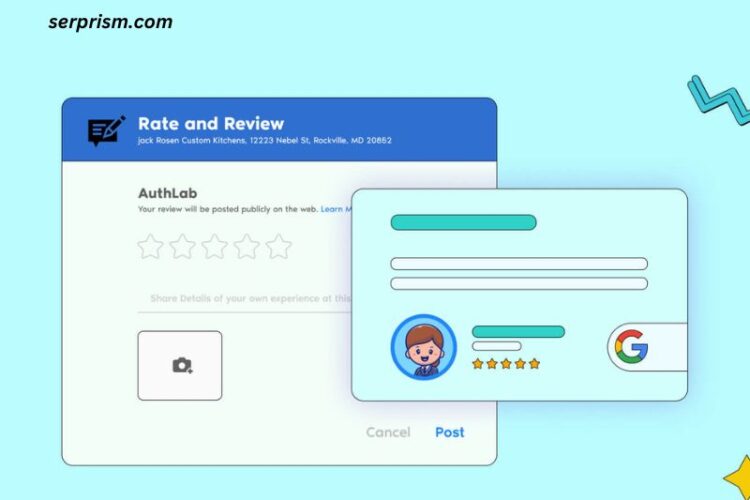
In the digital age, visuals play a pivotal role in capturing attention and enhancing user experience. Websites filled with rich images can attract visitors, convey messages, and improve engagement rates. However, the question arises: does using images from other websites negatively impact your SEO? This article delves into the intricacies of image usage, copyright laws, SEO implications, and best practices for image sourcing.
Understanding Image Usage on the Web
Copyright and Legal Implications
When considering the use of images from other websites, the first factor to address is copyright. Most images on the internet are protected by copyright laws, which means using them without permission can lead to legal repercussions. Unauthorized usage can result in takedown notices, fines, or other legal actions, which could not only hurt your website’s reputation but also divert resources away from SEO efforts.
The Importance of Original Content
Search engines like Google prioritize original content. Using images from other websites without permission could lead to penalties or a lower ranking. Google’s algorithms are designed to identify duplicate content, including images. If a search engine detects that multiple sites are using the same images, it might devalue your content, making it less likely to rank well.
SEO and Images: The Connection
How Images Affect SEO
Images can influence SEO in several ways:
- Page Load Speed: High-quality images can slow down page load times, impacting user experience and SEO rankings. Optimizing images is crucial for maintaining speed.
- Alt Text: Images provide an opportunity to include relevant keywords through alt text, enhancing the chances of appearing in image searches. However, using copyrighted images may lead to alt text being associated with the original source rather than your site.
- User Engagement: Well-chosen images can improve user engagement and reduce bounce rates, both of which positively influence SEO rankings. However, using unauthorized images can lead to legal disputes that may divert attention from content improvement.
Image Search Rankings
Google Image Search has become a significant traffic source for many websites. If you use copyrighted images, your chances of ranking in image searches diminish, as search engines prioritize original or properly licensed images. This can hinder your ability to capture traffic from image searches, which may be a significant part of your overall SEO strategy.
Risks of Using Other Pages’ Images
Risk of Legal Issues
Using images without permission exposes your website to legal risks. Even if you provide credit to the original source, that doesn’t shield you from copyright infringement claims. Legal battles can be costly and time-consuming, distracting from your primary SEO and content strategies.
Loss of Credibility
If visitors recognize that you are using unauthorized images, it can lead to a loss of credibility. Building trust with your audience is paramount; any signs of unethical behavior can harm your reputation and subsequently your SEO.
Impact on User Experience
Users may find the experience of visiting a site filled with images that do not belong to it jarring. A disjointed aesthetic or broken image links can lead to higher bounce rates, ultimately affecting your SEO negatively.
Best Practices for Image Usage
Use Stock Photos
One of the safest ways to incorporate images is through stock photo websites. Many offer images under licenses that allow for commercial use, often for a small fee or even for free. Websites like Unsplash, Pexels, and Shutterstock provide a plethora of high-quality images you can legally use.
Create Original Images
Whenever possible, creating your own images is the best approach. Original photos, graphics, and illustrations not only enhance your brand’s uniqueness but also improve SEO through authenticity. Invest in a good camera or hire a professional photographer if your budget allows.
Attribute and License Properly
If you choose to use images from other sources, ensure that you have the appropriate licenses and provide proper attribution. Creative Commons licenses allow users to share and use images under specific conditions. Always read and follow the license agreements.
Optimize Images
Regardless of the source, optimizing images is essential. This includes:
- File Names: Use descriptive file names with relevant keywords.
- Alt Text: Write clear, concise alt text that describes the image and incorporates keywords.
- File Size: Compress images to reduce load times without sacrificing quality. Tools like TinyPNG or ImageOptim can help.
- Responsive Images: Use responsive images to ensure they display well on all devices, contributing to a better user experience.
Monitor Image Performance
Regularly check the performance of your images in terms of SEO. Tools like Google Search Console can provide insights into how your images are ranking in search results. Adjust your strategies based on performance metrics.
Conclusion
Using images from other websites without permission can undoubtedly hurt your SEO. Legal risks, credibility issues, and poor user experience are just a few of the potential pitfalls. To foster a robust SEO strategy, focus on originality, proper attribution, and optimization of your images.
By prioritizing legally sourced and original images, you not only protect your website from legal issues but also enhance your brand’s reputation and SEO performance. Investing in quality visuals is a critical component of an effective digital strategy, contributing to both user engagement and search engine visibility.




